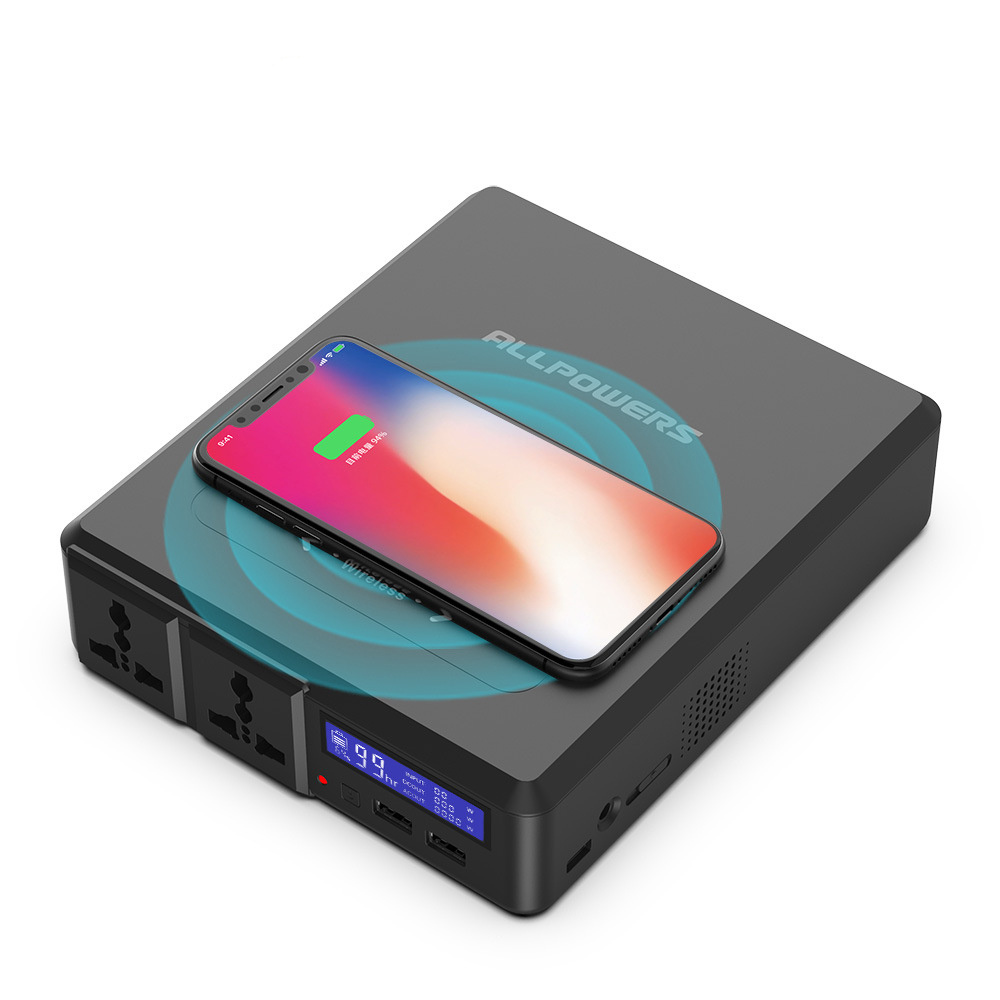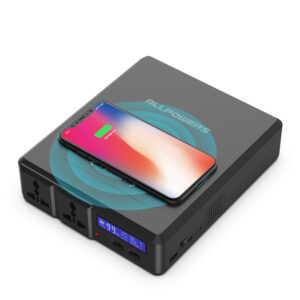
Discount up to 35% for first purchase only this month.
Account


As technology continues to advance, the way we power our devices is evolving. Wireless chargers are at the forefront of this revolution, offering a convenient, clutter-free alternative to traditional wired charging. Whether you’re charging your smartphone, smartwatch, or wireless earbuds, the ability to power up your devices without the need for tangled cords has transformed how we interact with our technology. In this article, we will explore how wireless chargers are shaping the future of device charging, their benefits, and why they are becoming an essential part of our tech ecosystems.
Wireless charging has been around for a few years, but recent advancements have made it more accessible and effective. Initially, wireless charging systems used inductive charging, which involves creating an electromagnetic field to transfer energy between two coils (one in the charging pad and one in the device). Now, newer technologies, like Qi charging, have made wireless charging faster, more efficient, and more widespread.
With the increase in the number of compatible devices—smartphones, earbuds, tablets, and even laptops—wireless chargers have become increasingly popular. Many brands have embraced this technology, offering a variety of charging solutions to cater to different consumer needs.
Wireless chargers offer numerous advantages over traditional wired chargers, making them an appealing option for tech lovers and everyday consumers alike. Here are some of the key benefits:
One of the most significant advantages of wireless charging is the elimination of cables. No longer do you need to search for the right cable or deal with messy wires. Simply place your device on the charging pad, and the charging process begins. This convenience is particularly valuable for people who use their devices frequently or have limited space on their desks or nightstands.
With Qi wireless charging, most modern smartphones and other devices are compatible with wireless chargers. Qi is the global standard for wireless charging, meaning that as long as your device supports this technology, it can charge on any Qi-certified wireless charger. This universality is a big advantage over traditional wired chargers, which often require specific cables for different devices.
Wireless charging eliminates the hassle of plugging and unplugging your device. Simply drop your phone onto the charging pad, and you’re good to go. This is especially useful when you’re in a rush or distracted, as you don’t have to fumble with cables. Many charging pads are also designed to work through cases, so you don’t even need to remove your phone’s case to charge it.
Traditional charging methods involve plugging a cable into your device’s charging port, which can result in wear and tear over time. With wireless charging, there’s no need to connect a physical cable to your device, reducing the risk of damaging the charging port and extending the lifespan of your device.
There are several types of wireless chargers available, each designed to meet different needs and preferences. Here are some of the most popular types:
These are the most common and widely used wireless chargers. They consist of a flat surface where you place your device. The device starts charging automatically once it makes contact with the charging pad. Some models support multiple devices, allowing you to charge your phone, earbuds, and smartwatch simultaneously.
For those who prefer to keep their device upright while charging, stand-style wireless chargers are an excellent choice. These chargers allow you to place your device at an angle, making it easier to view notifications or use your device while charging. They are ideal for people who like to keep their phone visible during use.
A charging station is a more advanced solution that can charge multiple devices at once. These stations typically include multiple charging pads or stands, making them perfect for households or offices with several devices that need charging. Some even include additional features like built-in fans for heat dissipation, ensuring efficient charging.
For tech lovers on the go, portable wireless chargers provide a compact, mobile solution. These chargers are typically smaller and lightweight, allowing you to charge your devices without needing a power outlet. They are particularly useful for travel or outdoor activities.
As the demand for wireless charging continues to grow, there are several exciting developments on the horizon that promise to make charging even more seamless and efficient:
Although wireless charging speeds have improved significantly over the years, there’s still room for growth. The next generation of wireless chargers will likely feature faster charging capabilities, ensuring that devices can be charged in a fraction of the time it currently takes. Some companies are already testing higher power levels (up to 30W or more), which could cut charging times drastically.
One of the most anticipated innovations in wireless charging is long-range charging. Researchers are working on technologies that could allow your device to charge from a distance, meaning you wouldn’t have to place your device directly on a charging pad. This could be a game-changer for convenience, especially in public spaces like cafes or airports.
Currently, wireless chargers are primarily used for smartphones, smartwatches, and wireless earbuds. However, as technology advances, we may see larger devices, like laptops and electric cars, becoming compatible with wireless charging. This would further streamline charging solutions, creating a more cohesive, wire-free tech ecosystem.
The future of charging is undeniably wireless. With growing convenience, compatibility, and advances in technology, wireless chargers are set to become an even more integral part of our daily lives. Whether you’re looking to simplify your charging routine, reduce cable clutter, or protect your device from wear and tear, wireless charging offers a smart solution. As the technology continues to evolve, we can expect faster, more efficient, and more versatile charging options to emerge, revolutionizing the way we power our devices. The future is bright, and it’s wire-free.
While wireless charging has come a long way in terms of speed, it is still generally slower than wired charging. However, improvements in charging speeds are being made, and many modern wireless chargers now offer comparable speeds to wired charging for smartphones.
Yes, most wireless chargers are designed to work through phone cases. However, the case should not be too thick, as this can interfere with the charging process. Thin, non-metallic cases are ideal for wireless charging.
No, not all wireless chargers are universally compatible. Ensure that both your device and the wireless charger support Qi wireless charging. Most newer smartphones are Qi-compatible, but it’s always best to check.
Yes, some wireless chargers are designed to charge multiple devices simultaneously. These chargers typically have multiple charging pads or stands, allowing you to charge your phone, earbuds, and smartwatch at the same time.
Portable wireless chargers are effective and convenient for charging your devices on the go. However, they typically have a smaller capacity than traditional power banks, so they may require recharging more frequently.